Introduction
Ripple (XRP) is a digital asset that has been gaining attention due to its unique features and its application in the global payments system. Unlike many other cryptocurrencies, Ripple focuses on fast, low-cost international transactions, making it a significant player in the crypto space. In this article, we will explore the characteristics of Ripple Coin and how it compares to other cryptocurrencies. Additionally, we will discuss how Lucky Miner offers the best crypto mining hardware for those interested in BTC solo mining, with cutting-edge features like high hash rate, low power consumption, and efficient cooling systems.
What is Ripple Coin?
Ripple (XRP) is both a cryptocurrency and a payment protocol designed to facilitate fast, low-cost, and cross-border transactions. Unlike traditional cryptocurrencies like Bitcoin, Ripple doesn’t rely on a decentralized network of miners to validate transactions. Instead, it uses a consensus algorithm where a network of independent validators verifies transactions. This method allows for faster transaction times and lower fees compared to more traditional cryptocurrencies, which makes Ripple appealing to financial institutions and businesses looking to use blockchain technology for cross-border payments.
The primary goal of Ripple is to create a network that allows for secure, instant, and nearly free global financial transactions. Ripple's unique technology also enables real-time gross settlement systems, currency exchange, and remittance networks. As Ripple continues to grow, it has been increasingly integrated into financial institutions' infrastructure as a method for conducting cross-border transactions.
Ripple’s Unique Characteristics
Ripple stands out for its high transaction speed, low fees, and scalability. It processes thousands of transactions per second, which is far faster than Bitcoin or Ethereum. Ripple's consensus algorithm also makes it more energy-efficient compared to proof-of-work systems, which require significant computational resources.
For miners, Ripple presents an interesting contrast to cryptocurrencies like Bitcoin. While Bitcoin mining is energy-intensive and requires powerful crypto mining hardware for BTC solo mining, Ripple's network does not require the same level of computational effort. As such, Ripple’s unique design makes it more accessible for financial institutions and users who need to perform cross-border transactions.
The Role of Lucky Miner in the Crypto Ecosystem
If you’re involved in BTC solo mining or looking to mine cryptocurrencies with high-performance crypto mining hardware, Lucky Miner offers one of the most reliable solutions available. While Ripple is not mined in the same way as Bitcoin, miners still need efficient and powerful hardware to participate in the broader crypto ecosystem, especially if you’re working with BTC solo mining.
Lucky Miner provides an ASIC miner machine that delivers impressive results for solo miners, with features such as high hash rate, optimized power consumption, and a sophisticated cooling system. These features ensure that you get the most out of your mining hardware while maintaining energy efficiency.
Why Lucky Miner Is the Best Solo Lottery Miner
For those who prefer solo mining, having the right hardware is essential. The Lucky Miner is widely considered the best solo lottery miner due to its exceptional performance. Here’s why:
-
High Hash Rate: The Lucky Miner ASIC miner machine provides a high hash rate, which is critical for solving cryptographic puzzles and mining Bitcoin or other cryptocurrencies in solo mining efforts.
-
Low Power Consumption: The Lucky Miner is designed to optimize power consumption, making it an energy-efficient solution for miners who want to minimize electricity costs.
-
Cooling System: The cooling system integrated into Lucky Miner ensures that the hardware remains cool even during extended mining sessions, preventing overheating and ensuring the longevity of the machine.
With these advanced features, Lucky Miner ensures that you can mine efficiently and effectively, even when working independently. This makes it a strong choice for miners who prefer to avoid mining pools and maximize the rewards from their solo efforts.
The Future of Ripple and Crypto Mining
As the cryptocurrency market continues to evolve, Ripple's unique position in the space means that it will continue to be a significant player, especially in terms of facilitating fast and secure financial transactions. However, for miners focusing on Bitcoin and other cryptocurrencies, having a powerful ASIC miner machine like Lucky Miner is essential to staying competitive in BTC solo mining. The combination of high performance, low power consumption, and an effective cooling system makes Lucky Miner a top choice for miners looking to optimize their operations.
Conclusion
Ripple (XRP) represents a unique approach to cryptocurrency and blockchain technology, with its focus on fast, low-cost transactions and scalability. While Ripple may not require the same mining resources as Bitcoin, it still plays a crucial role in the growing crypto landscape. For miners focused on BTC solo mining, Lucky Miner offers a powerful solution with its ASIC miner machine, ensuring that you can mine efficiently and cost-effectively. With features like high hash rate, low power consumption, and an advanced cooling system, Lucky Miner remains the best solo lottery miner for those looking to maximize their mining efforts in the competitive world of cryptocurrency.





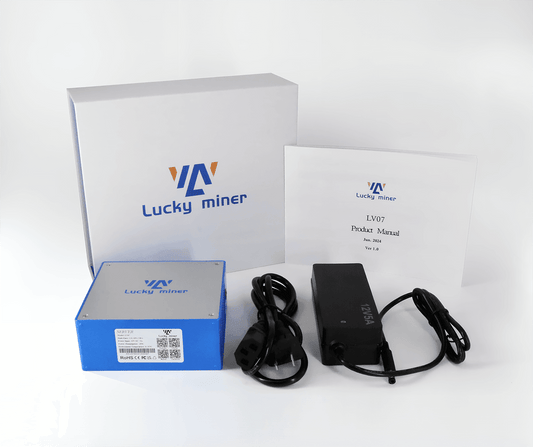
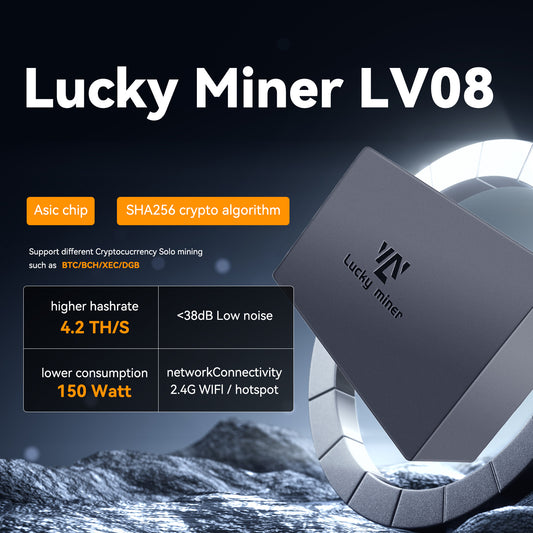
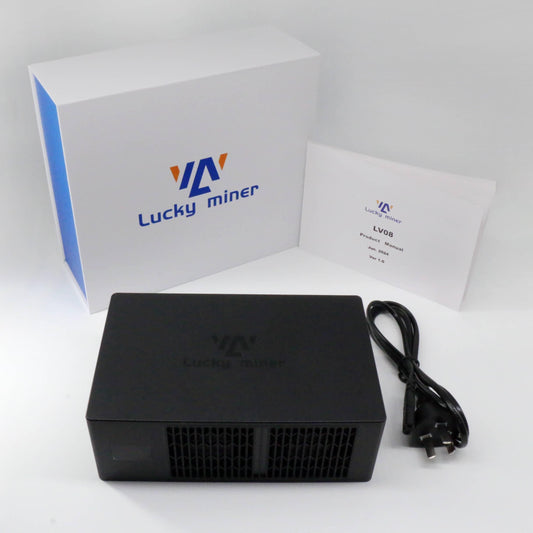
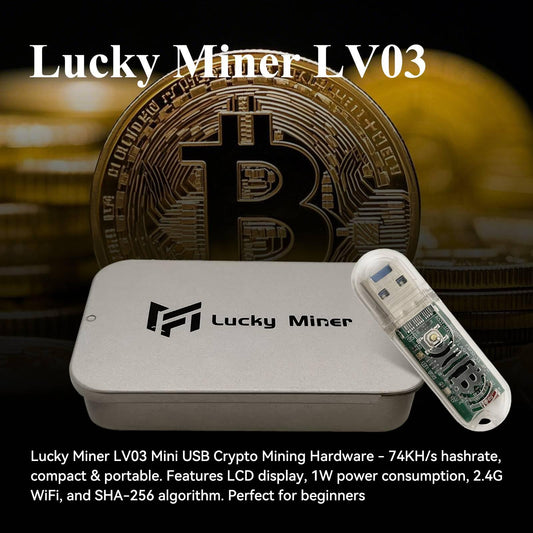

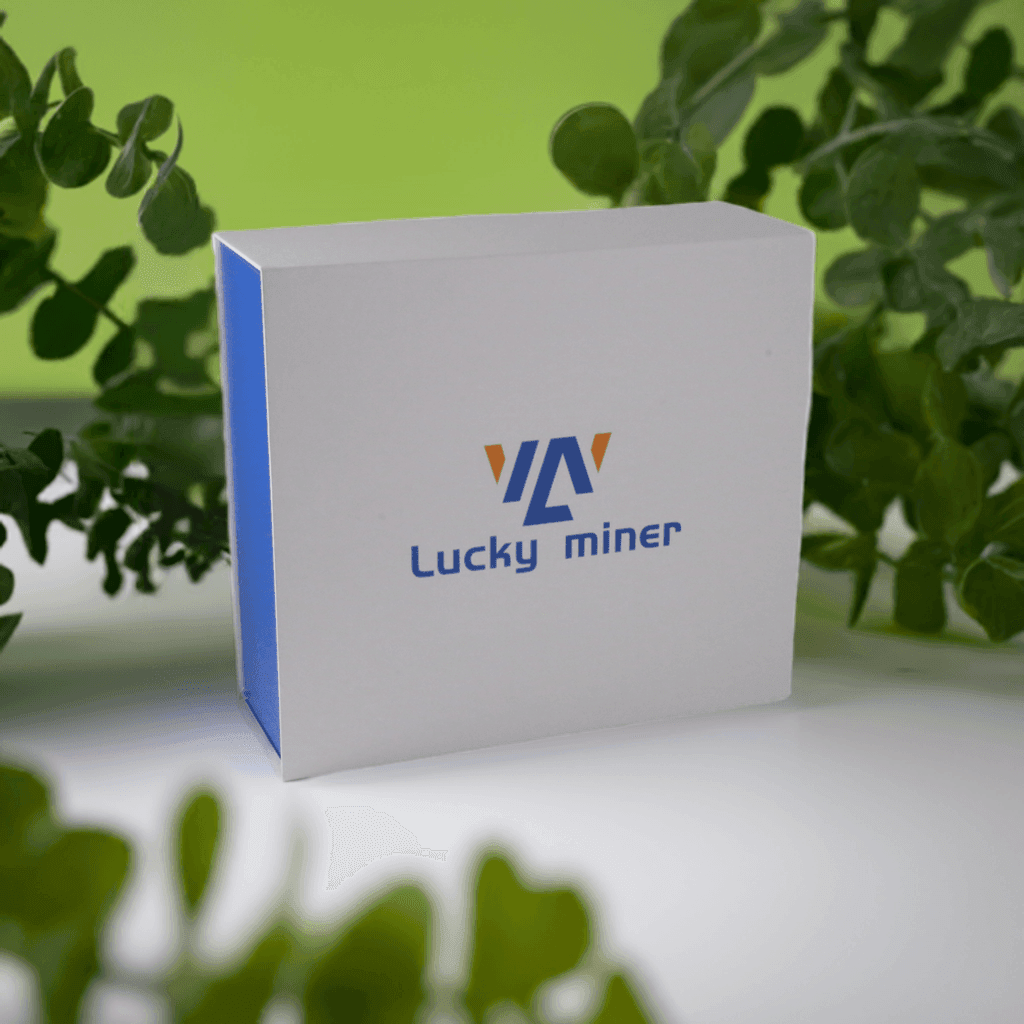
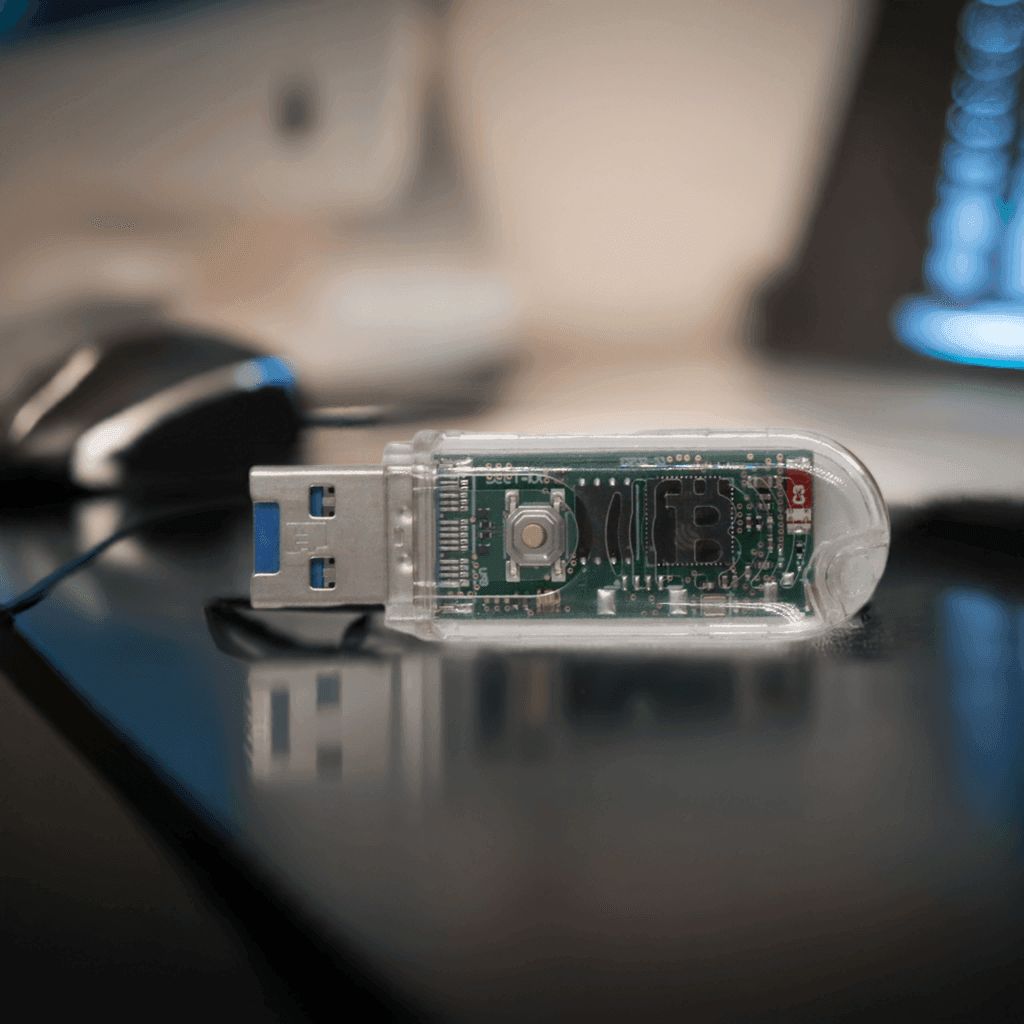


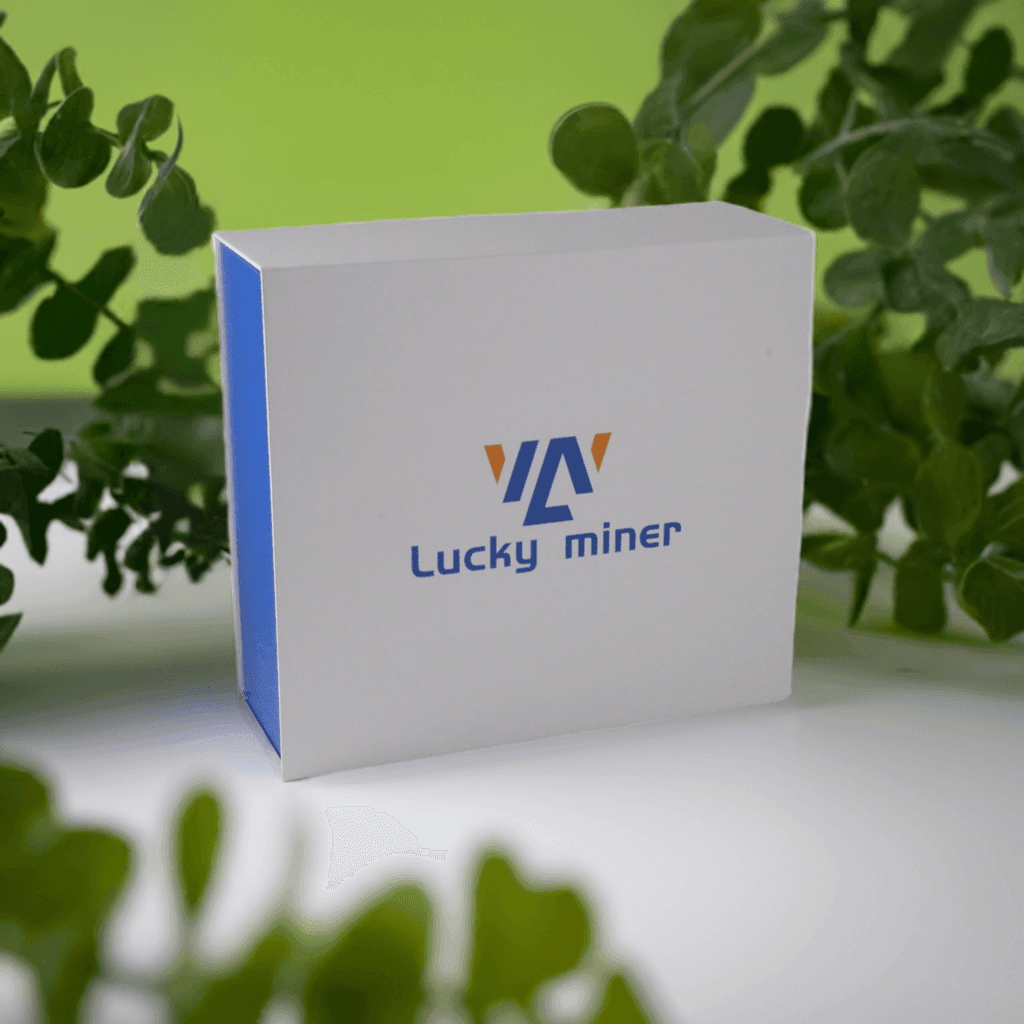




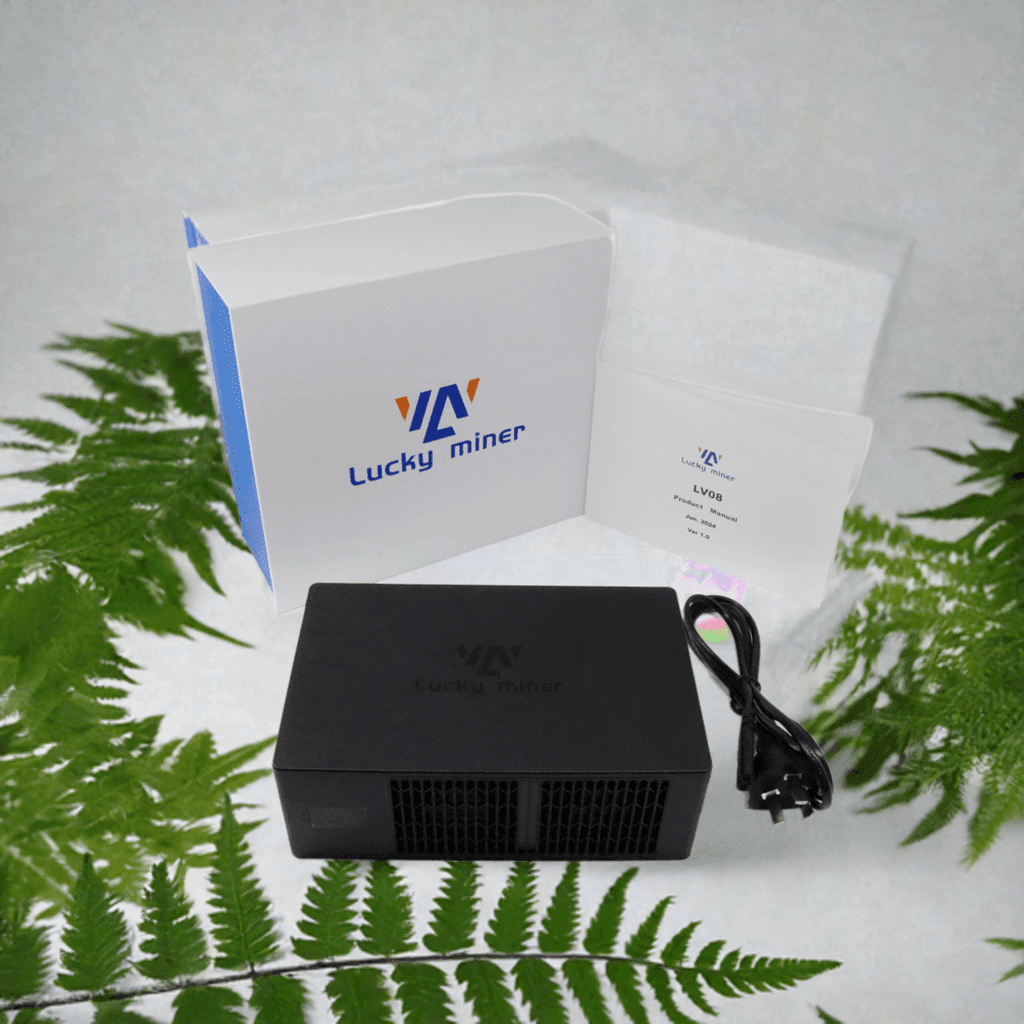
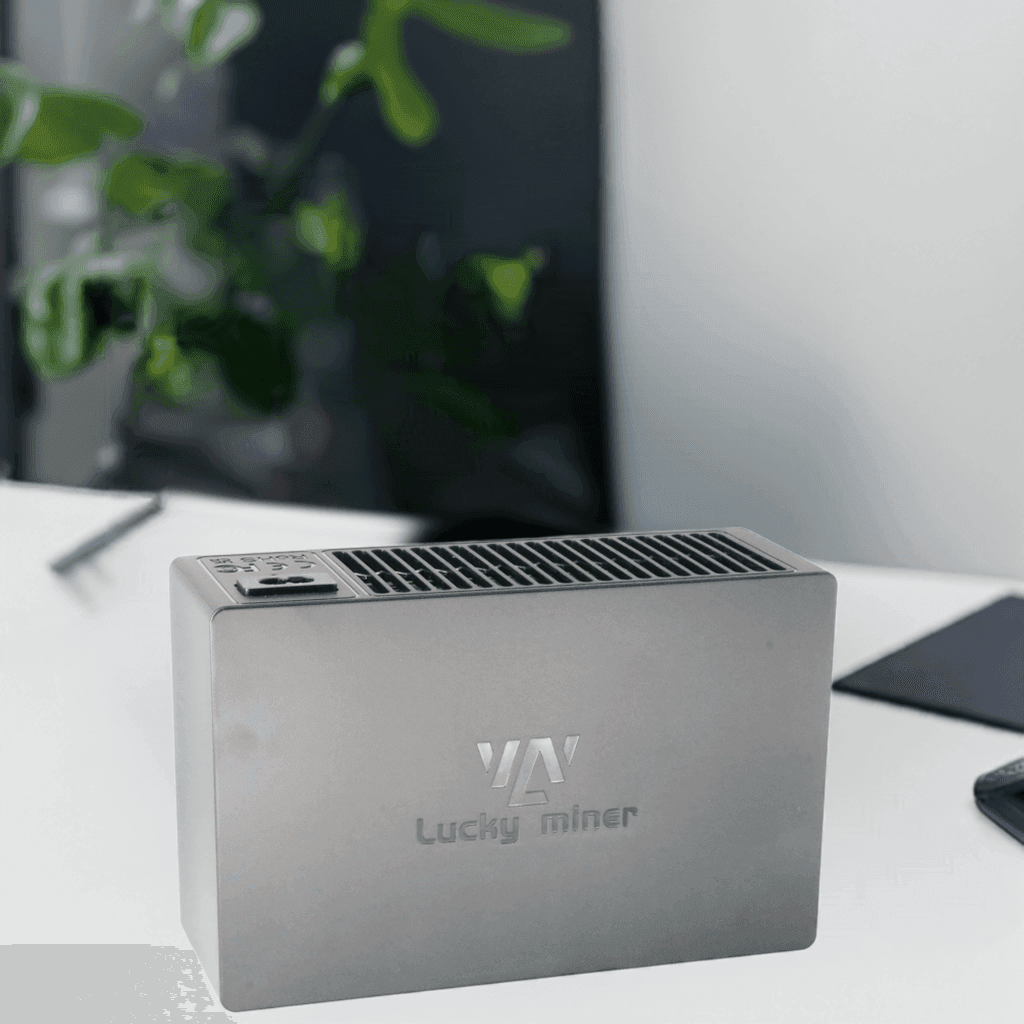
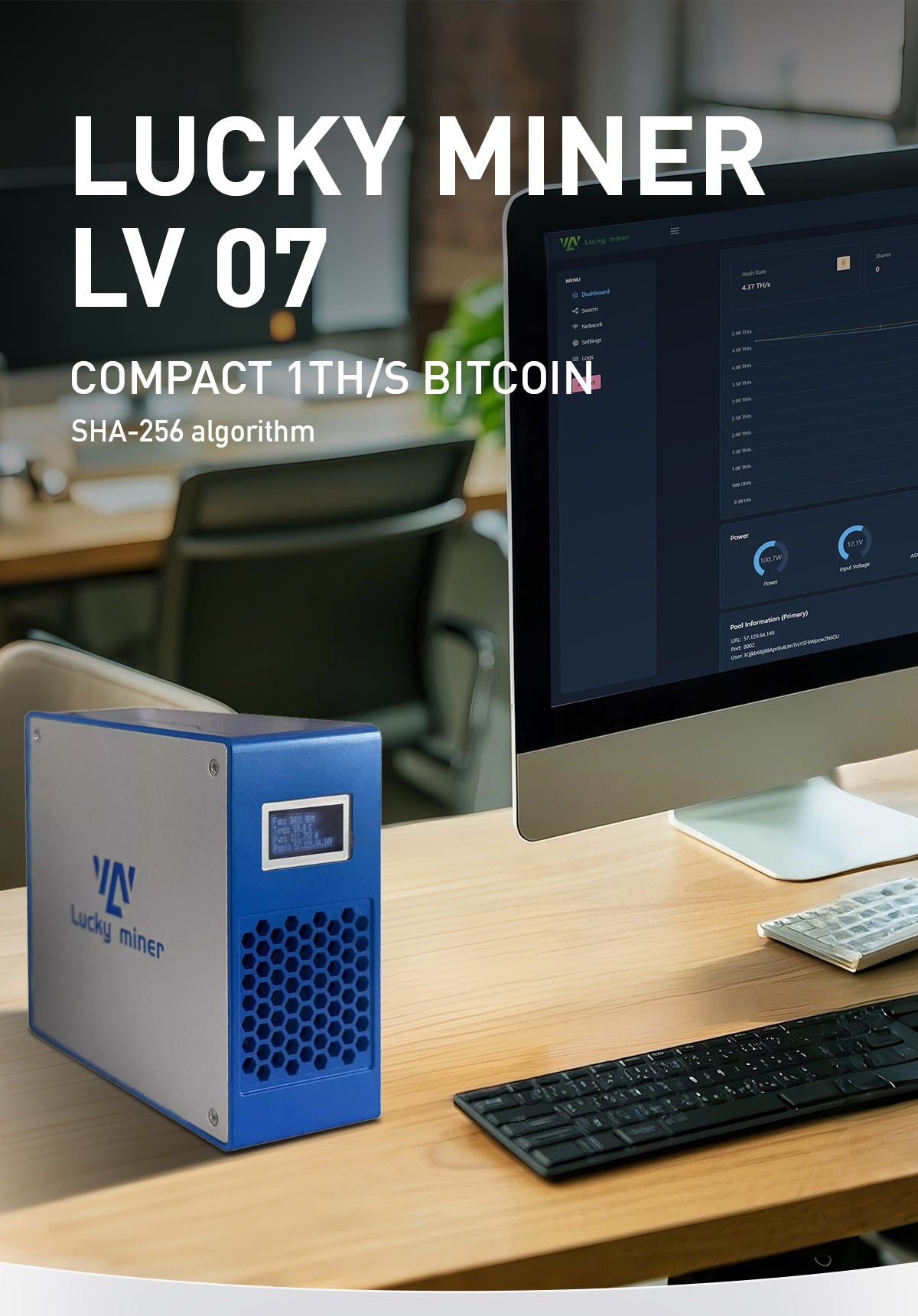
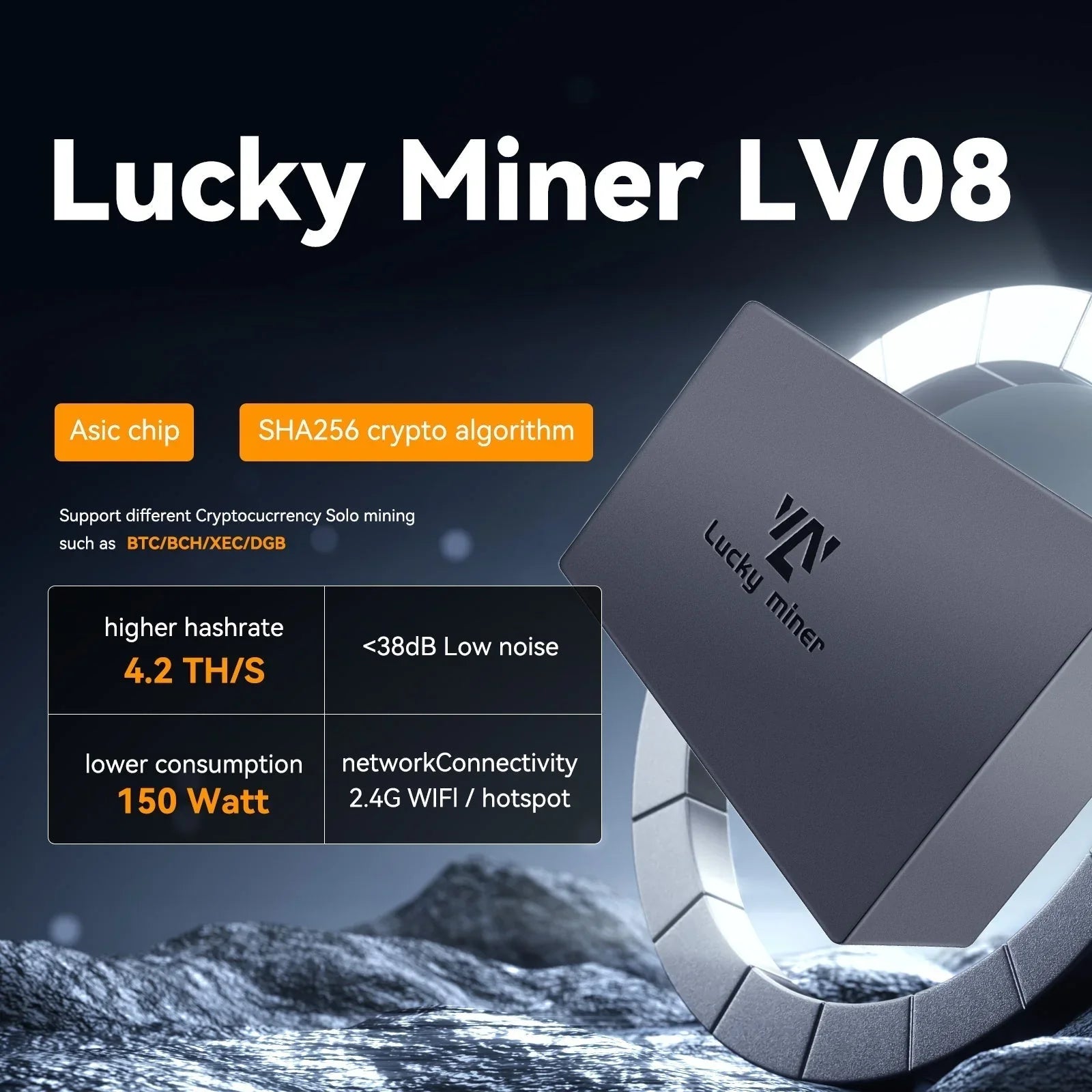

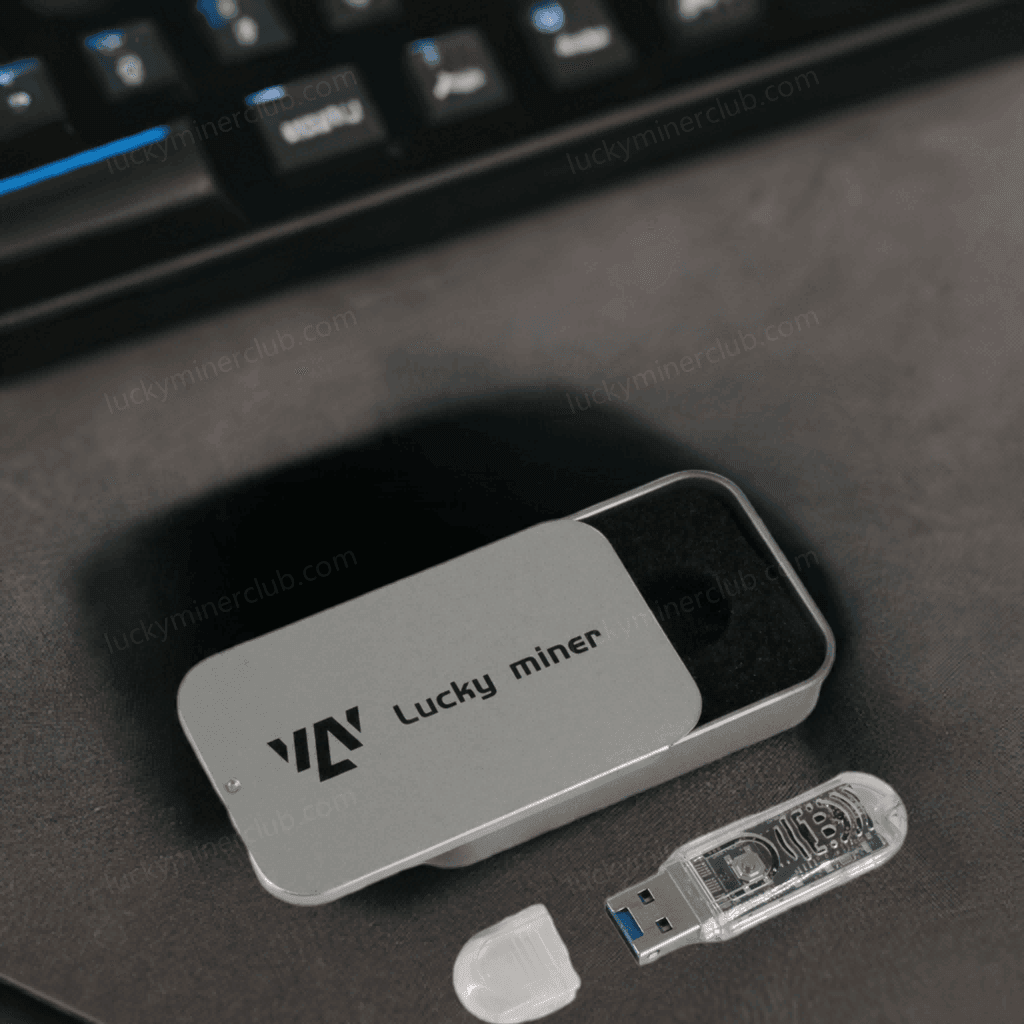
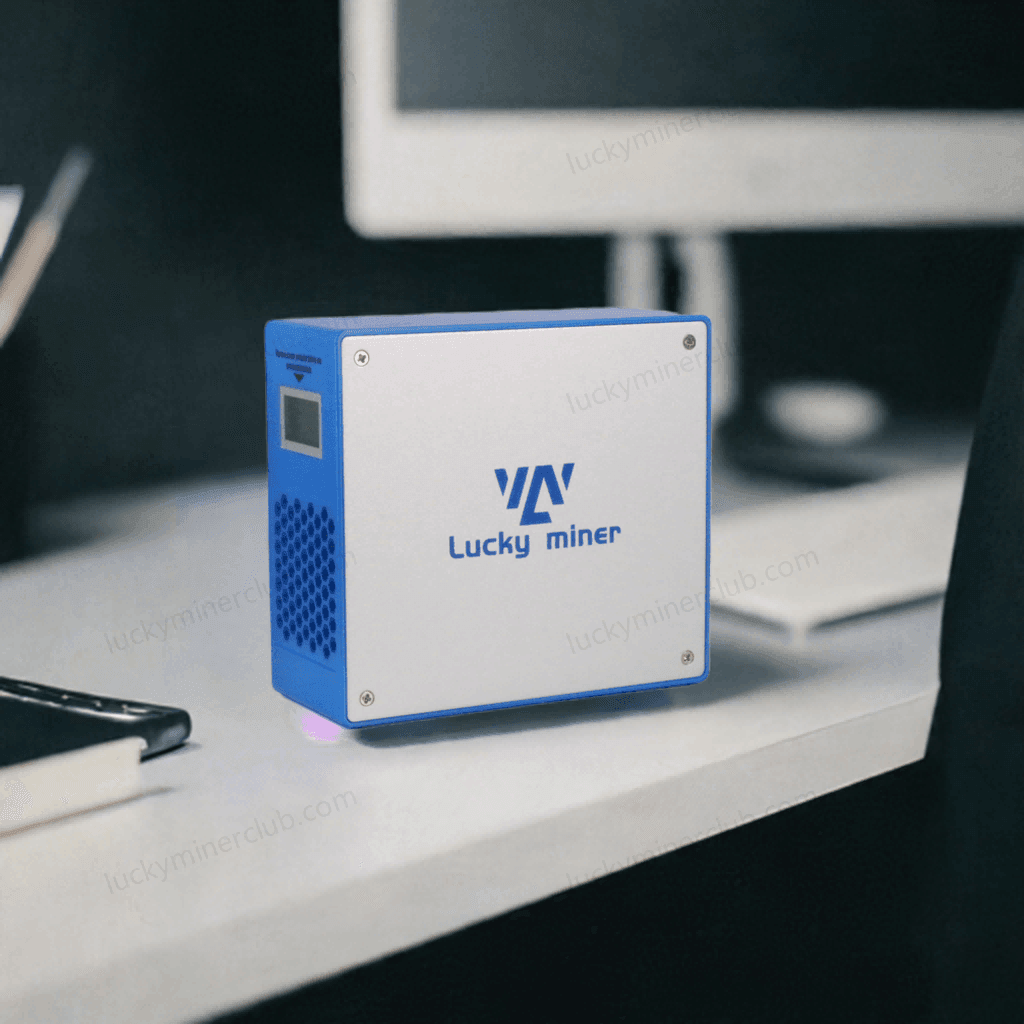
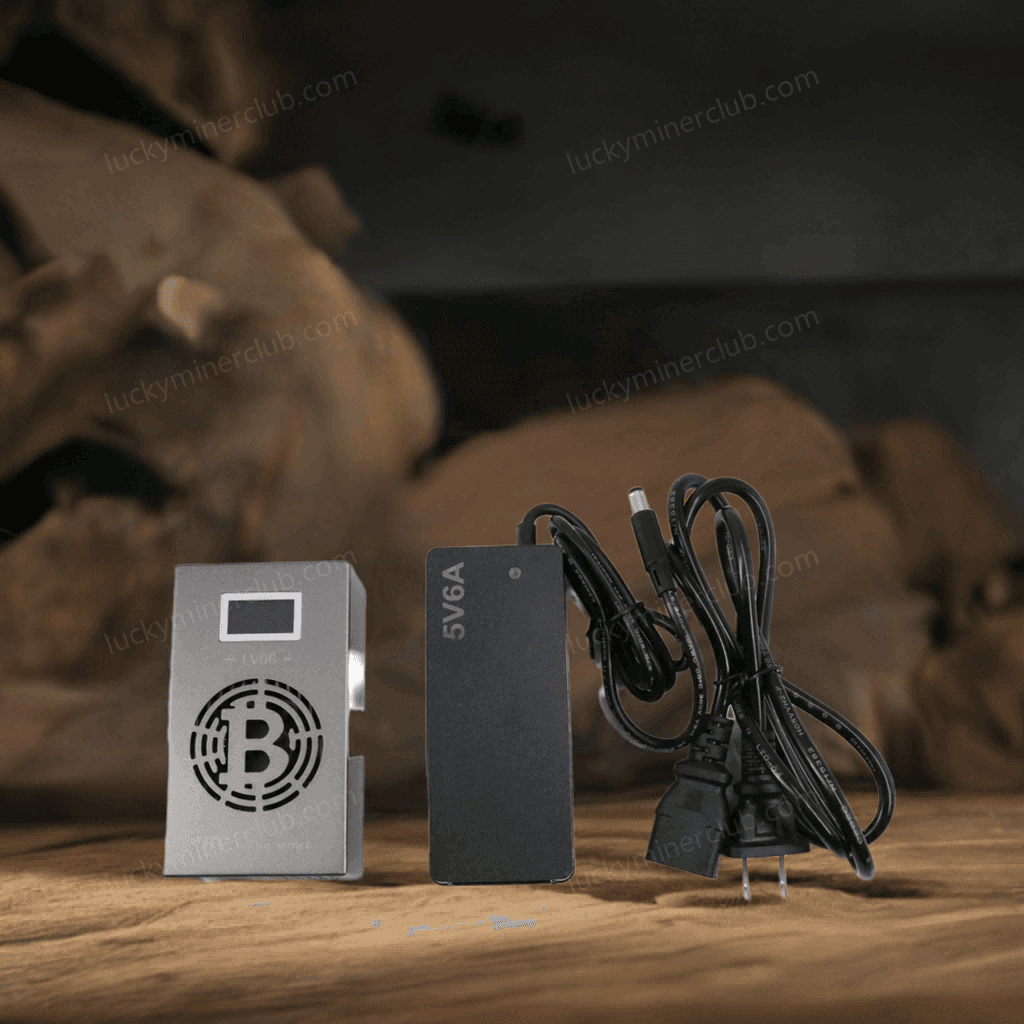

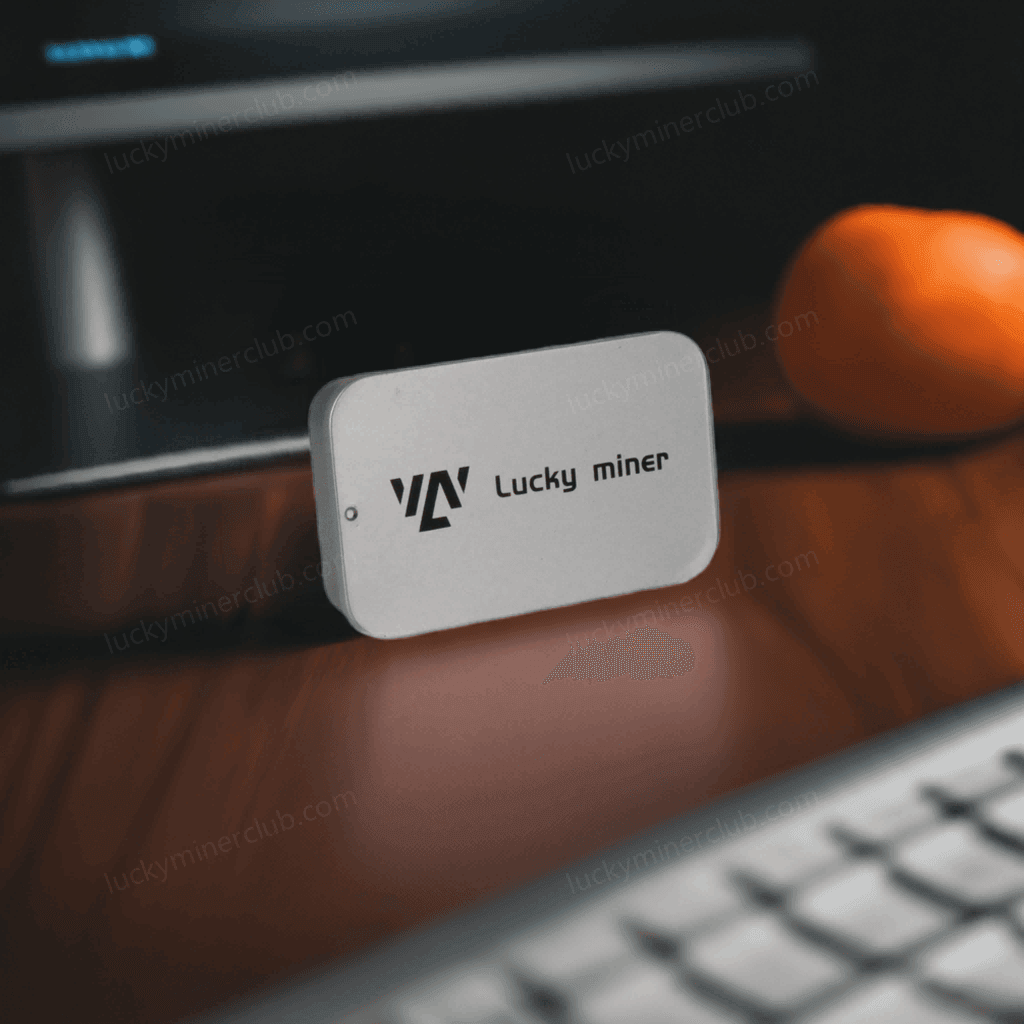
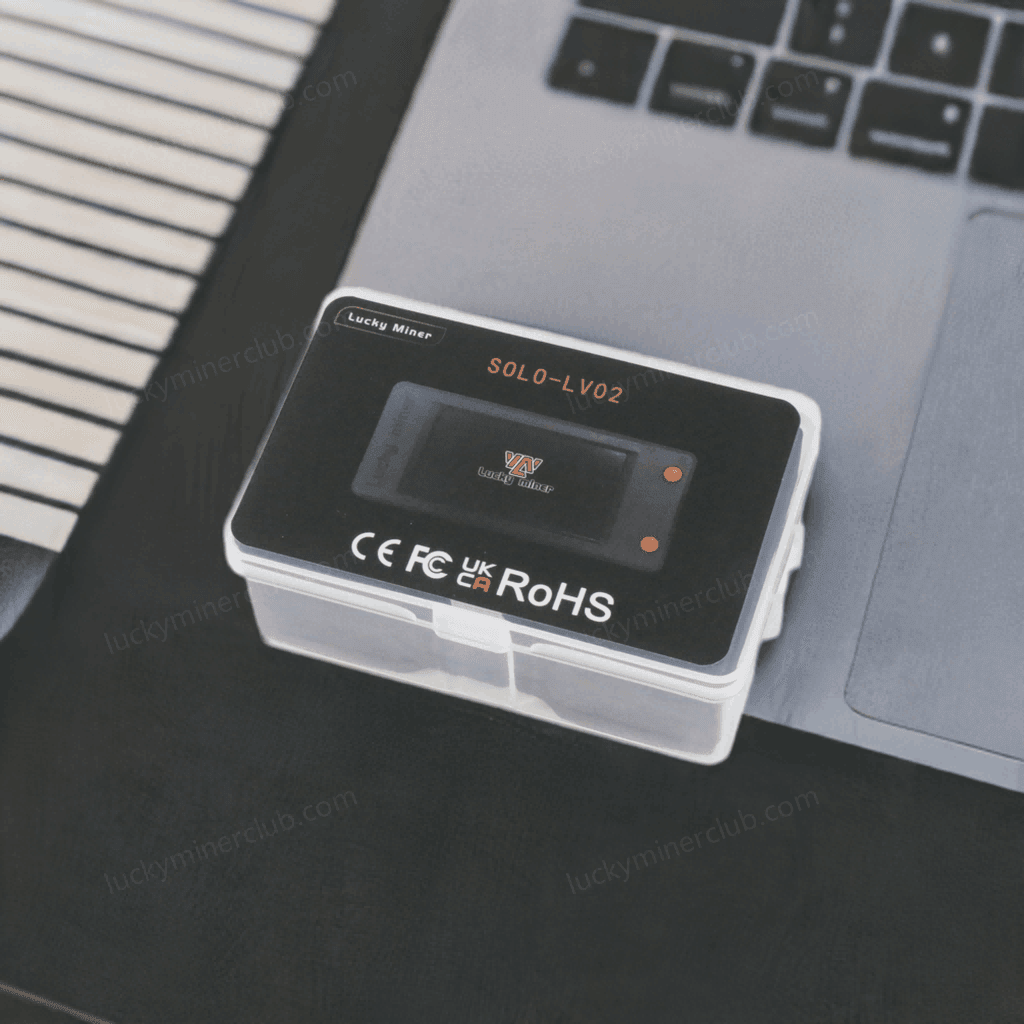
Leave a comment